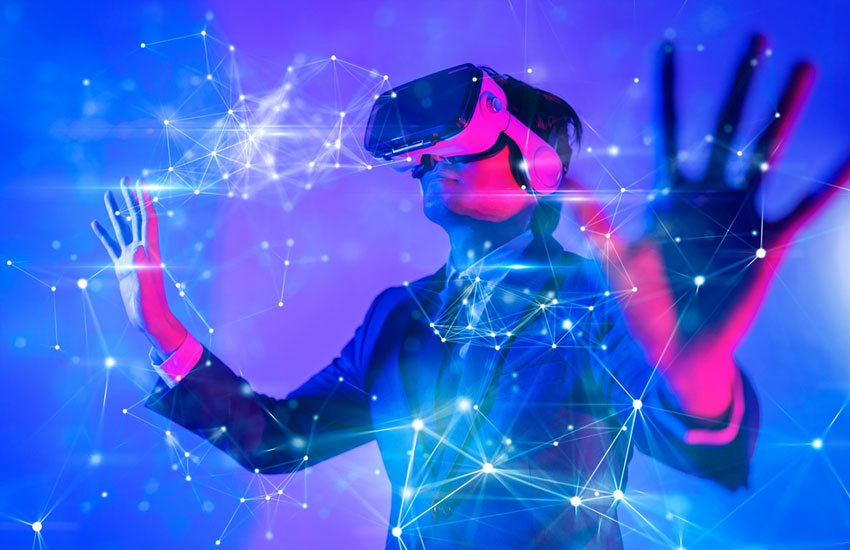Augmented Reality (AR) and Virtual Reality (VR) technologies have made significant strides in various industries including gaming, education, and healthcare, offering immersive experiences and innovative solutions. Here’s a brief overview of their applications in each of these fields:
Gaming:
- Immersive Gameplay: AR and VR enhance gaming experiences by providing immersive environments and interactions, allowing players to feel more engaged and connected to the game world.
- Gesture and Motion Controls: These technologies enable gesture and motion controls, allowing players to interact with games in more natural and intuitive ways.
- Multiplayer and Social Interaction: AR and VR technologies facilitate multiplayer gaming experiences, allowing players to interact with each other in virtual spaces, fostering social connections and collaboration.
- Simulation and Training: VR is used for simulating realistic environments and scenarios, making it valuable for training simulations in various industries, including military, aviation, and emergency response.
Education:
- Immersive Learning: AR and VR technologies enable immersive learning experiences, allowing students to explore historical sites, travel to distant locations, and interact with virtual objects and environments.
- Visualizations and Simulations: These technologies help in visualizing complex concepts and phenomena, making abstract ideas more tangible and understandable.
- Personalized Learning: AR and VR can be used to create personalized learning experiences tailored to individual student needs and preferences.
- Remote Learning: Especially in the wake of the COVID-19 pandemic, AR and VR technologies have been utilized to facilitate remote learning, providing students with access to immersive educational content from anywhere.
Healthcare:
- Medical Training and Simulation: AR and VR are used for medical training simulations, allowing healthcare professionals to practice surgical procedures, patient diagnosis, and treatment in a safe and controlled environment.
- Pain Management and Therapy: VR is employed for pain management and therapy, providing immersive experiences that distract patients from pain and discomfort during medical procedures or therapy sessions.
- Patient Education: AR and VR technologies are used to educate patients about medical conditions, treatment options, and surgical procedures, empowering them to make informed decisions about their healthcare.
- Exposure Therapy: VR is utilized for exposure therapy, helping patients confront and overcome phobias, anxiety disorders, and PTSD by gradually exposing them to feared stimuli in a controlled virtual environment.
Overall, AR and VR technologies continue to transform gaming, education, and healthcare by providing immersive experiences, enhancing learning outcomes, and improving patient care and treatment. As technology advances further, we can expect to see even more innovative applications and solutions in these fields.







